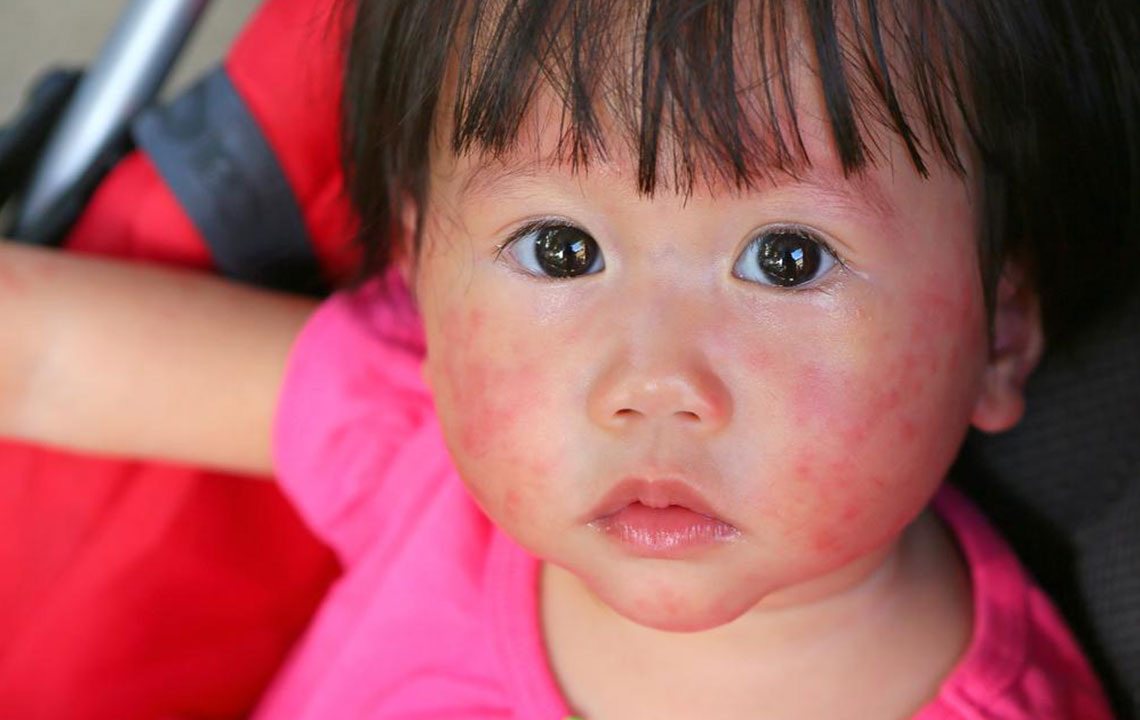Common Symptoms of Lupus Disease You Should Be Aware Of

Lupus disease, though well-known but not much talked about, is a disorder of the autoimmune system. The disease is identifiable due to inflammation it causes. This occurs along with a few other prominent symptoms. However, people have had the onset as early as their teenage years and some have it in their thirties.
While the following is a list of symptoms of Lupus disease, you will have to ensure that a consultation is done to verify that you have the same. These symptoms of Lupus disease are actually prevalent in hordes of other diseases too. The initial stage symptoms of Lupus disease might comprise:
- Fever
- Fatigue
- Rash
- Hair loss
- Issues with pulmonary system
- Renal issues
- Joint swelling
- GI problems
- Dryness in mouth
- Dryness in eyes
- Thyroid issues
Fatigue
Usually, tiredness or fatigue is not much cause for concern. However, if fatigue turns out to be debilitating, you will have to talk out with your practitioner. In addition, you will have to remember that that daytime naps could lead to insomnia—which in turn might become an additional issue. Once your doctor examines you and reaches a conclusion, it can be derived if fatigue here is indicating a symptom of Lupus disease in your case.
Fever
Another early symptom, you might face if you are a Lupus patient is a mild fever for no proper reason. These fevers occur repeatedly but since the body temperature does not shoot above 38.3 degree Celsius, calling the doctor might not always be your mode of action. Such a mild fever could symptomatic of an infection or an inflammation. Do not ignore recurrent, mild fevers.
Hair loss
Hair loss or thinning hair is a very common problem these days. Moreover, there are varied reasons responsible for the same. However, it could also be a symptom of Lupus disease. Hair loss occurs due to the inflammation of the scalp and skin. Hair loss in clumps is something you could watch out for. Moreover, in Lupus diseases, chances are that some people also have thinning occurs even for the body hair, beard, and eye area hairs. More often, hair thins out slowly. This happens because, in such a disease, hair is brittle. Lupus hair—as it is called—also looks slightly rugged.
Skin rash
Check for a skin rash in butterfly shape on your cheek and nose areas. This is symptomatic of a flare-up. Moreover, such rashes occur right after the skin is exposed to the sun but can also crop up all of a sudden. The symptoms of Lupus disease could also cause lesions of the non-itchy type at various areas of the body. Do not confuse these with hives though.
Discoloration of toes and fingers are also commonly seen in Lupus disease. There is heightened sensitivity to artificial light or sunlight in people afflicted with the disease.
Pulmonary problems
Lupus disease is heralded by inflammation of pulmonary grid. Lung inflammation is another possible symptom of lupus. This could affect areas even up to the blood vessels around due to swelling. Your diaphragm too might see the effect. Once this occurs, breathing will make you go through chest pain. Since the lung size decreases, you will have shortness of breath as well as chest pain on an ongoing basis.
Renal problems
People having lupus might develop kidney inflammation known as nephritis. This makes it difficult for kidneys to filter body toxins and the waste from the blood. Nephritis sets in within half a decade from the beginning of Lupus disease.
Common symptoms for nephritis include
- Blood in urine
- High level of blood pressure
- Swollen lower legs
- Swollen feet
- Side pain
- Frequent urination
- Darker urine
Leaving lupus nephritis untreated could cause severe and final stage renal disease.
Joint swelling
Inflammation leads to swelling, pain, and stiffness of the joints. During early mornings, you might face issues trying to move around smoothly. These symptoms set in gradually and become obvious later on. In case, analgesics and over the counter medicines fail to bring you relief, a medical screening is mandatory.
GI problems
Usual heartburn and acidity-based gastro-intestinal issues are part of daily life. However, if your usual acidity does not clear up with antacids and occurs too regularly, you need to make dietary changes and then see a doctor to dismiss probable issues before analyzing the possibility of Lupus.
Thyroid issues
You might be having hypo or hyper—any grade of the thyroid as a symptom of Lupus disease. Tests and medical screening is necessary to understand if both are linked.
Dryness
Your mouth could be dry due to Sjogren’s disease. This causes malfunctioning saliva and tears glands—in turn causing the eyes and mouth to remain dry. This happens during the onset of Lupus disease.
Not all these symptoms always point to Lupus disease but it is better to keep a tab and go get screened just to be sure.


